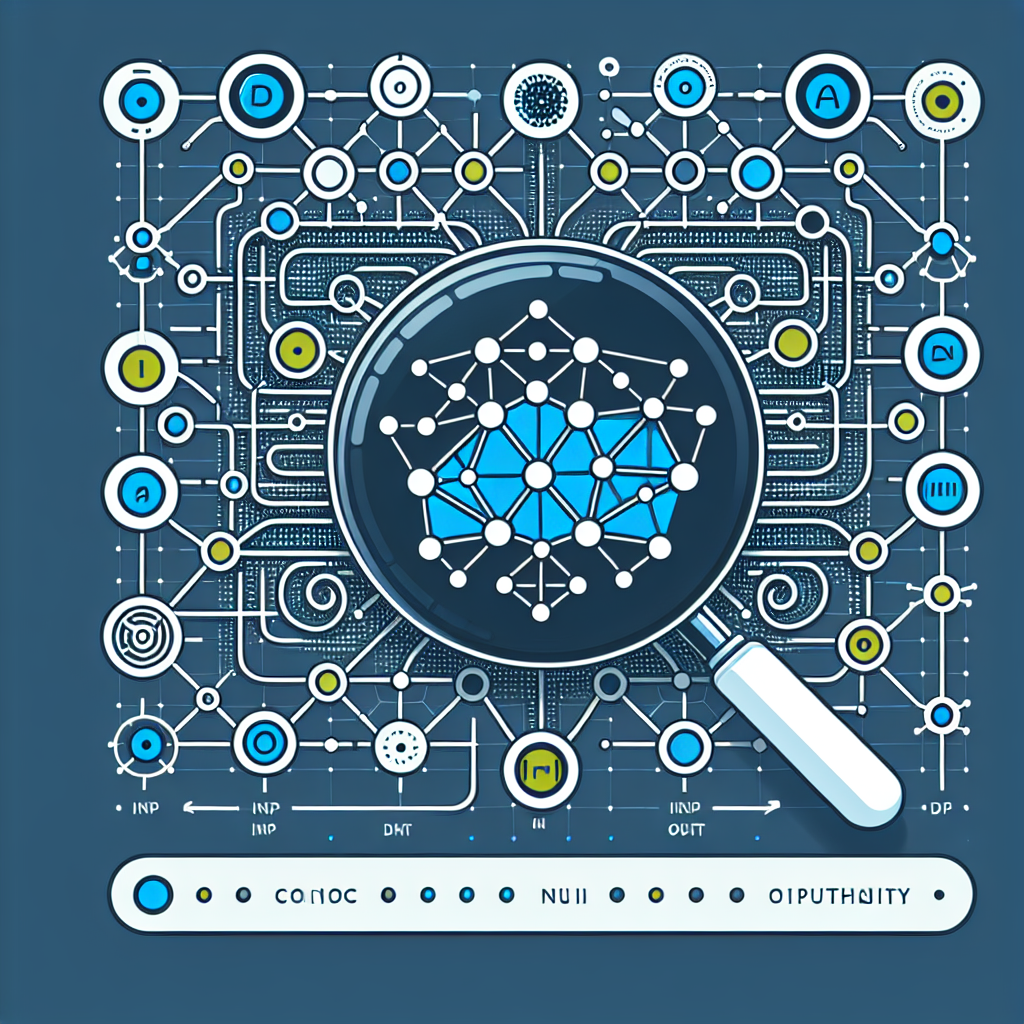Your cart is currently empty!
Understanding the Basics of GNN: A Comprehensive Guide to Graph Neural Networks

Graph Neural Networks (GNNs) are a powerful tool in the field of machine learning that have gained significant attention in recent years. With the ability to model complex relationships and structures in data, GNNs have been applied to a wide range of tasks, from social network analysis to drug discovery.
In this comprehensive guide, we will explore the basics of GNNs, including their architecture, training process, and applications.
What is a Graph Neural Network?
At its core, a Graph Neural Network is a type of neural network that operates on graph-structured data. In contrast to traditional neural networks that operate on grid-structured data (such as images or text), GNNs are specifically designed to handle data represented as graphs, where nodes are connected by edges.
The architecture of a GNN typically consists of multiple layers, each of which processes information from neighboring nodes in the graph. This allows the network to capture the complex relationships and dependencies within the graph, enabling it to make predictions or perform tasks based on the graph structure.
Training a GNN involves updating the parameters of the network using a process known as backpropagation. During training, the network learns to make predictions by minimizing a loss function that measures the disparity between the predicted output and the ground truth.
Applications of GNNs
GNNs have been applied to a wide range of tasks across various domains. In social network analysis, GNNs can be used to predict relationships between individuals, identify communities within a network, or detect anomalies in network structures.
In the field of biology, GNNs have been used for drug discovery, protein structure prediction, and genomics analysis. By modeling the interactions between molecules or proteins as a graph, GNNs can provide valuable insights into the underlying mechanisms of biological processes.
In recommendation systems, GNNs can be used to generate personalized recommendations for users based on their interactions with items in a graph. By capturing the relationships between users and items, GNNs can make accurate and relevant recommendations that improve user engagement and satisfaction.
Challenges and Future Directions
While GNNs have shown great promise in a variety of applications, there are still challenges to be addressed in their development and deployment. One of the key challenges is scalability, as GNNs can be computationally expensive to train and deploy on large-scale graphs.
Additionally, there is ongoing research in developing more efficient and effective GNN architectures, as well as improving the interpretability and robustness of GNN models.
In conclusion, understanding the basics of Graph Neural Networks is essential for anyone working in the field of machine learning and data science. By leveraging the power of GNNs to model complex relationships and structures in data, researchers and practitioners can unlock new opportunities for innovation and discovery.
#Understanding #Basics #GNN #Comprehensive #Guide #Graph #Neural #Networks,gnn

Leave a Reply